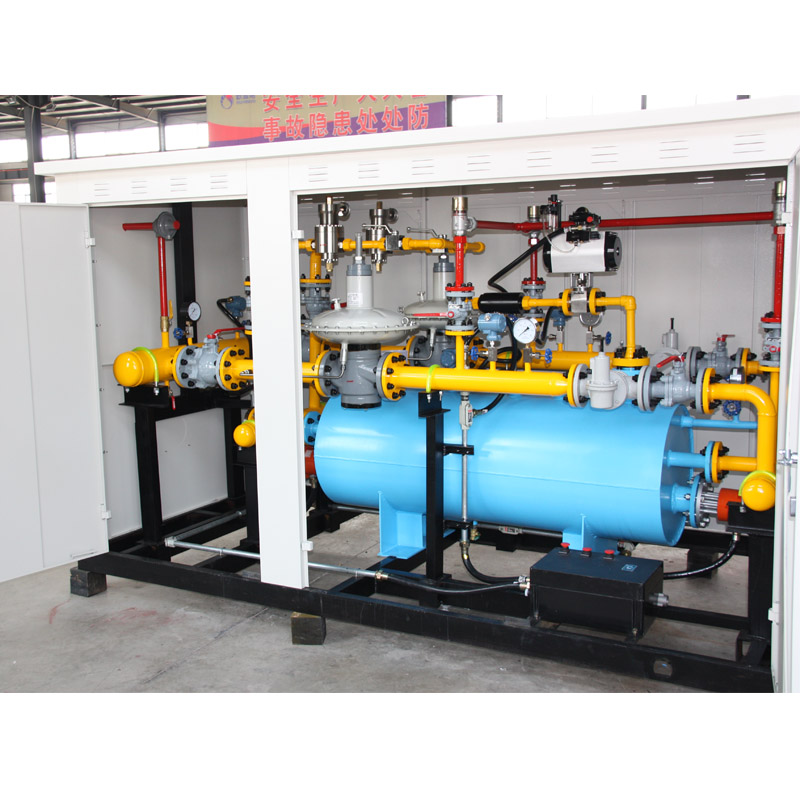
9 月 . 01, 2024 19:32
Back to list
Safety Relief Valves - Reliable Pressure Management Solutions
Understanding Safety Relief Valves Importance and Functionality
Safety relief valves (SRVs) are critical components in various industrial processes, ensuring the safety and integrity of pressure systems. These devices are designed to automatically release excess pressure from a system, protecting equipment, personnel, and the surrounding environment from potential hazards associated with overpressure conditions.
At its core, an SRV operates on a simple principle when the pressure within a system exceeds a predetermined set point, the valve opens, allowing gas or liquid to escape, thus reducing pressure to a safe level. Once the pressure drops back within acceptable limits, the valve closes, resuming normal operation. This mechanism is essential in preventing catastrophic failures, such as explosions or equipment breaches, which can arise from uncontrolled pressure buildup.
The functionality of safety relief valves varies based on their design and application. Two primary types of SRVs are commonly used spring-loaded and pilot-operated valves. Spring-loaded valves are the most straightforward type, utilizing a spring to maintain closure until the set pressure is reached. In contrast, pilot-operated valves use a smaller, pilot valve to control a larger main valve, offering enhanced performance in applications with fluctuating pressures.
safety relief valve

In terms of application, safety relief valves are prevalent in industries such as oil and gas, chemical processing, power generation, and manufacturing
. For instance, in the oil and gas sector, these valves are vital for protecting upstream and downstream facilities from overpressure caused by sudden pressure surges during extraction and transportation processes. Similarly, in chemical processing, SRVs ensure that reactors and pipelines operate safely under varying temperature and pressure conditions.Selecting the appropriate safety relief valve for a specific application is crucial. Factors such as the type of fluid being handled, operating temperature and pressure, and the overall system design must be considered. Additionally, regulatory standards and codes, such as those from the American Society of Mechanical Engineers (ASME) and the American National Standards Institute (ANSI), provide guidelines on the design, testing, and maintenance of SRVs to ensure reliability and safety.
Regular maintenance and testing of safety relief valves are necessary to ensure their proper functionality. Valves can become fouled or damaged over time, which may prevent them from opening or closing as required. Routine inspections and testing not only verify that the valve functions correctly but also help in identifying any potential issues before they escalate into serious problems.
In conclusion, safety relief valves play an indispensable role in protecting industrial systems from the risks associated with overpressure. Their effective operation ensures safe working conditions, safeguarding both personnel and equipment from potential hazards. Understanding the functionality, application, and maintenance of these valves is essential for anyone involved in industries that handle pressurized systems. As technology advances, the design and effectiveness of safety relief valves will continue to evolve, further enhancing their critical role in industrial safety management.
Latest news
-
Unlocking The Quality Gas Pressure ReducersNewsNov.01,2024
-
The Role of Gas Pressure Reducing StationsNewsNov.01,2024
-
The Importance and Functionality of Safety Relief ValvesNewsNov.01,2024
-
The Essential Role of Safety Valves in Natural Gas ApplicationsNewsNov.01,2024
-
The Essential Role of Gas Pressure RegulatorsNewsNov.01,2024
-
Enhance Your Premium Gas FiltersNewsNov.01,2024

